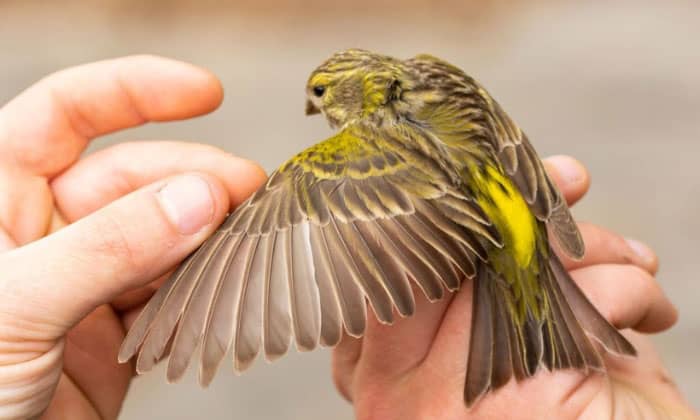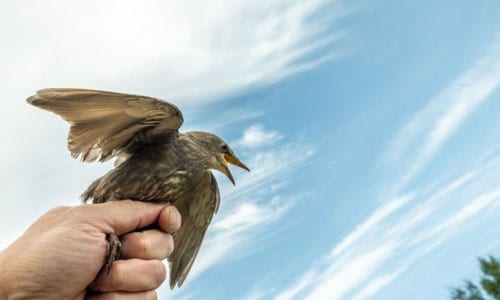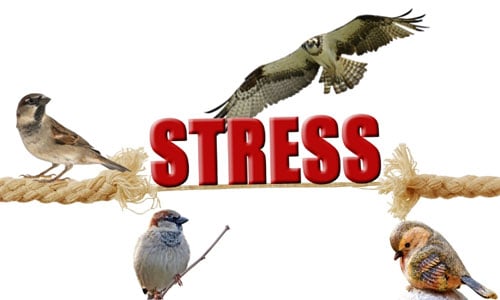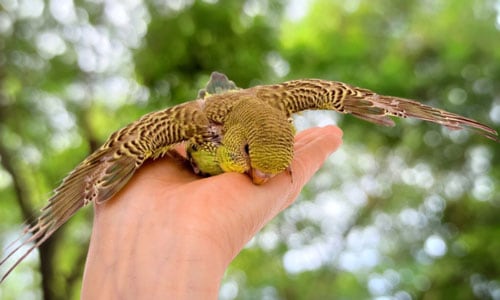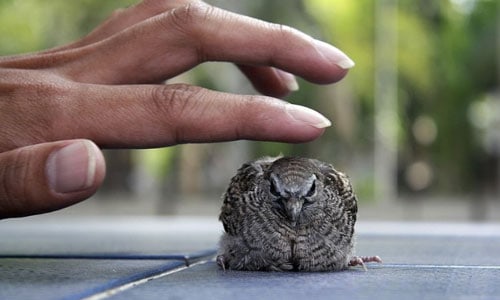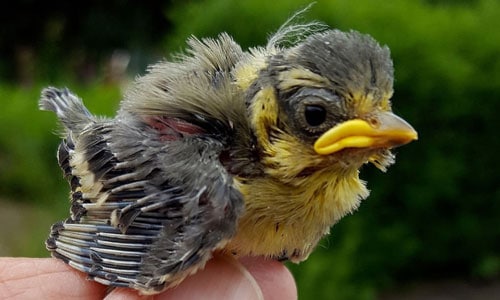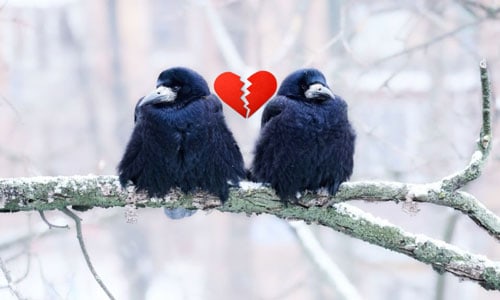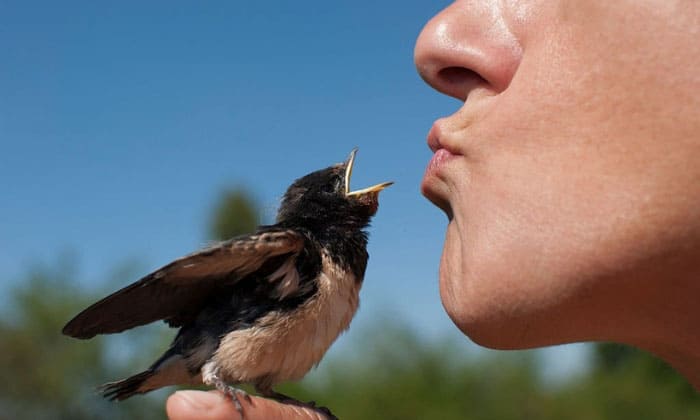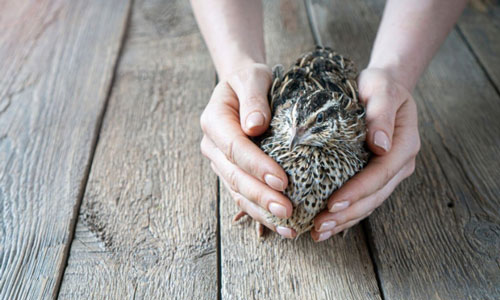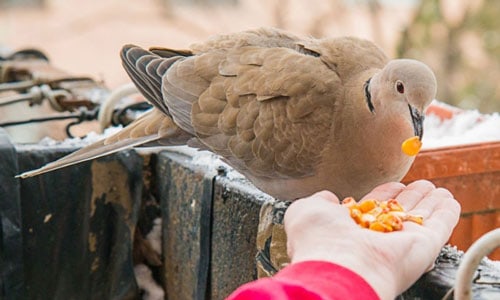Many might not know that touching a bird’s wings can lead to many negative effects on the bird. A bird’s pair of wings is one of the most essential parts of its anatomy, vital for flight and balance.
If you ask any veterinarian, they will advise you against petting your bird’s wings. Learn from this article what happens when you touch a bird’s wings so you can avoid this mistake when handling and interacting with pet birds.
Table of Contents
Why Should You Not Pet Your Birds Wings?
Birds have touch receptors located in their skin at the base of the feathers. That’s why they are sensitive even to the lightest of touch on their wings which are lined with flight feathers. It is a common mistake for humans to pet birds on the wings, and this could cause adverse reactions in birds.
Below we will discuss why you shouldn’t pet your bird’s wings.
1. Risk of Injuring the Bird’s Wings and Misalignment of Feathers
The birds’ wings are made of bones and flight feathers anatomically designed to make flight possible. These bones are small and fragile, so any manipulation, such as human touch, can fracture the wing or cause them to lose their feathers.
Even a gentle touch can disrupt feather alignment, impairing flight performance. The precise alignment of feathers ensures an efficient airfoil shape, helping birds soar through the sky with minimal effort.
Disturbing this arrangement can cause discomfort to the bird and might even lead to difficulty in taking off, landing, or maneuvering during flight and this is why you should not pet your bird’s wings.
2. It Can Cause Stress to the Bird
Birds are incredibly sensitive creatures. The act of a human hand approaching its wings can be perceived as a threat, causing stress and anxiety.
This stress response can increase heart rate and even physiological changes that could negatively impact the bird’s overall health.
Additionally, birds have delicate bones and joints that are not designed to withstand the pressure of human touch, making them susceptible to injuries that may not be immediately apparent.
3. It Can Mess With Sexual Hormones and Inadvertently Stimulate Mating Behavior
Petting a bird’s wings can disrupt the hormones of the bird and stimulate sexual behavior, which can lead to frustration. A bird’s sexual organ is located proximal to the wings and is a very sensitive area.
Touching a bird’s wings may trigger mating or give them the wrong idea, with the bird mistaking you for a mate and causing confusion, sexual frustration, and behavioral changes.
4. Risk of Being Attacked by the Bird
Because birds are very sensitive about their wings being touched, they may act defensively when you pat their wings. The bird might attack you with their beak or sharp talons and both of you might get hurt.
There are other ways to show affection to a bird without getting bitten.
You can touch or pet them in other areas, such as the head, feet, and the parts of the beak. The quality of human touch mustn’t stress them out nor run the risk of injuring both bird and man.
5. Disruption of Natural Oils on the Feathers
Bird feathers are coated with oil from their uropygial gland near their tail, producing oils that help condition and waterproof their feathers.
These oils are vital in maintaining the feathers’ structure, insulation, and buoyancy. When birds groom themselves, they spread these oils throughout their plumage. Touching their feathers when you pet a bird on the wings can cause these oils to rub off, placing them at risk for diseases and infection.
6. Interference With Natural Behavior
In the wild, birds rely on social interactions, grooming, and bonding activities to establish and maintain their relationships with fellow members of their species.
Touching a bird’s wings, especially in a domestic setting, can disrupt these natural behaviors and potentially hinder its ability to interact with its kind.
How to Interact With Birds Safely
Interacting with birds can be a rewarding experience, but it’s essential to approach them appropriately. Here are three tips on how to interact with birds safely:
1. Touch Them Gently
Avoid shaking or clutching them tightly when you hold a bird in your hands as this might injure their delicate parts like its wings.
2. Talk to Them
You can always communicate with birds without having to touch them. Use simple words and a gentle manner to talk to them to make them engaged and happy.
3. Respect Their Space
Birds are sensitive to sudden movements and loud noises. When approaching birds, maintain a respectful distance to avoid causing them stress. Move slowly and quietly to avoid scaring them away.
4. Provide Them With Toys and Create a Stimulating Environment for Them
Instead of touching, you can build trust and affection with your pet with healthy treats and safe toys for playtime.
Conclusion
Now that you know what happens when you touch a bird’s wings it’s important to prioritize the well-being and safety of these delicate creatures. Respect their natural behaviors and instincts, and choose to observe them from a distance that ensures their safety and comfort.
If you’re interested in interacting with birds, consider providing them with an appropriate environment or visit local wildlife rehabilitation centers where experts can guide you on how to interact with them to benefit both the birds and their pet owners.

George and I became friends after a birdwatching trip with our new group. And we have been enjoying every adventure together. When he told me the idea of establishing a site that shares our experiences and fun, I immediately agreed. After trials and errors, here we have Thayerbirding.



